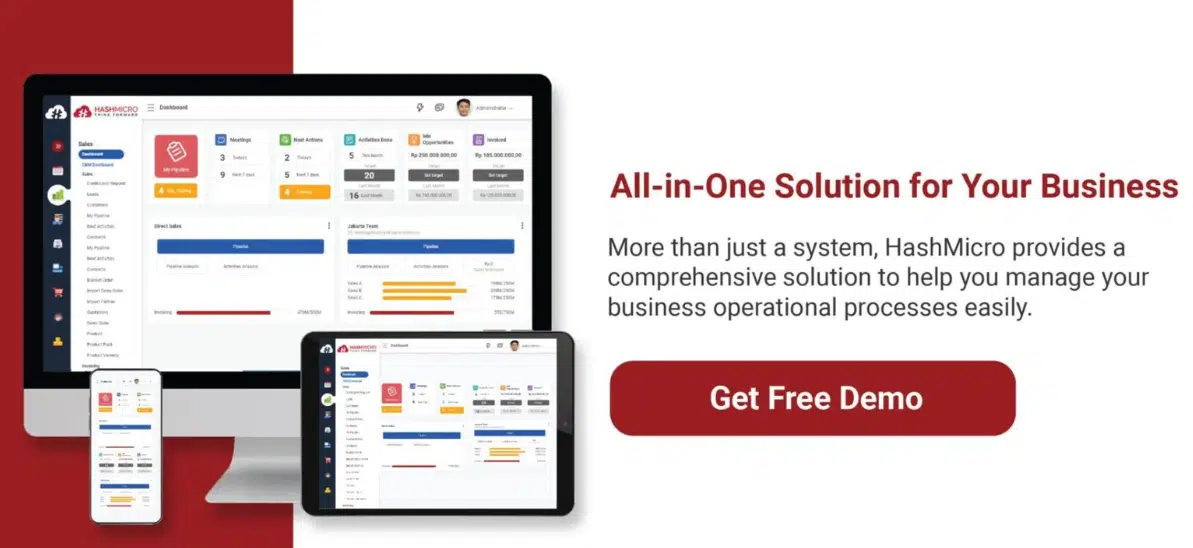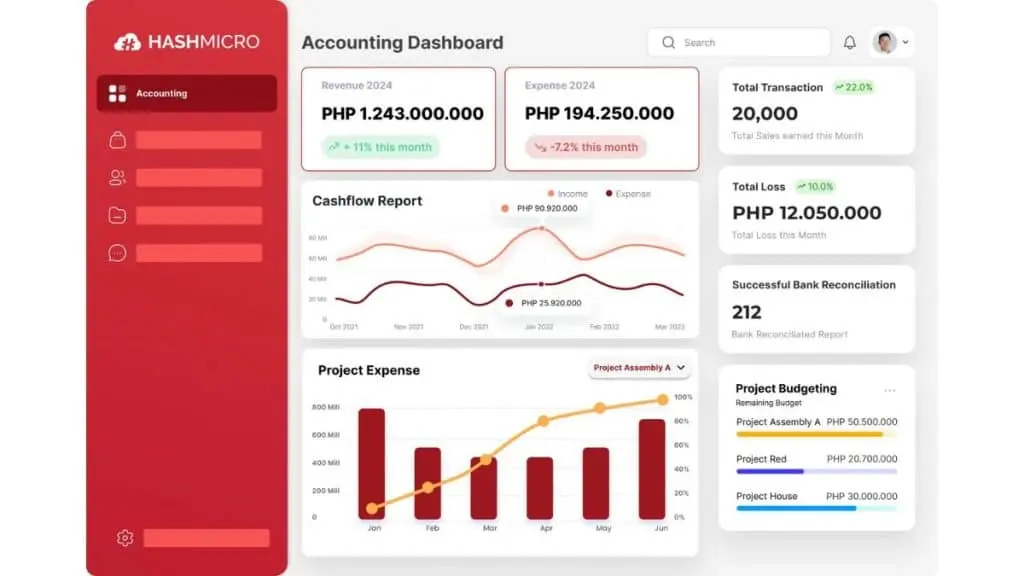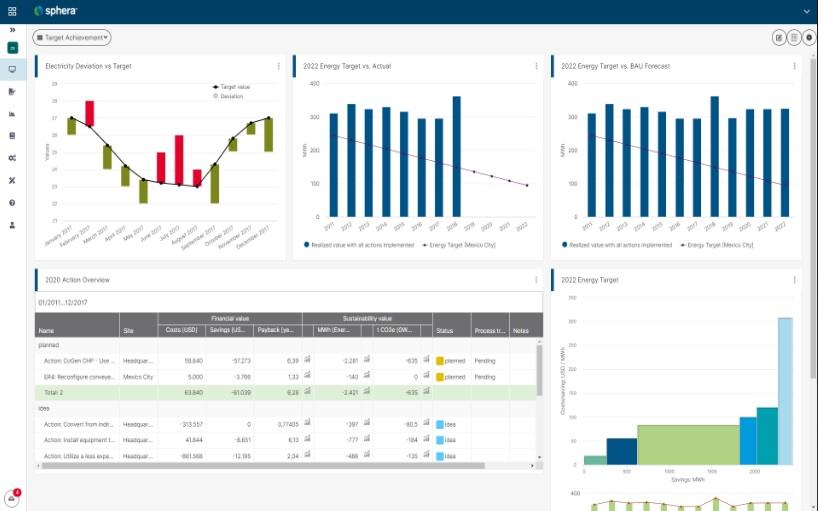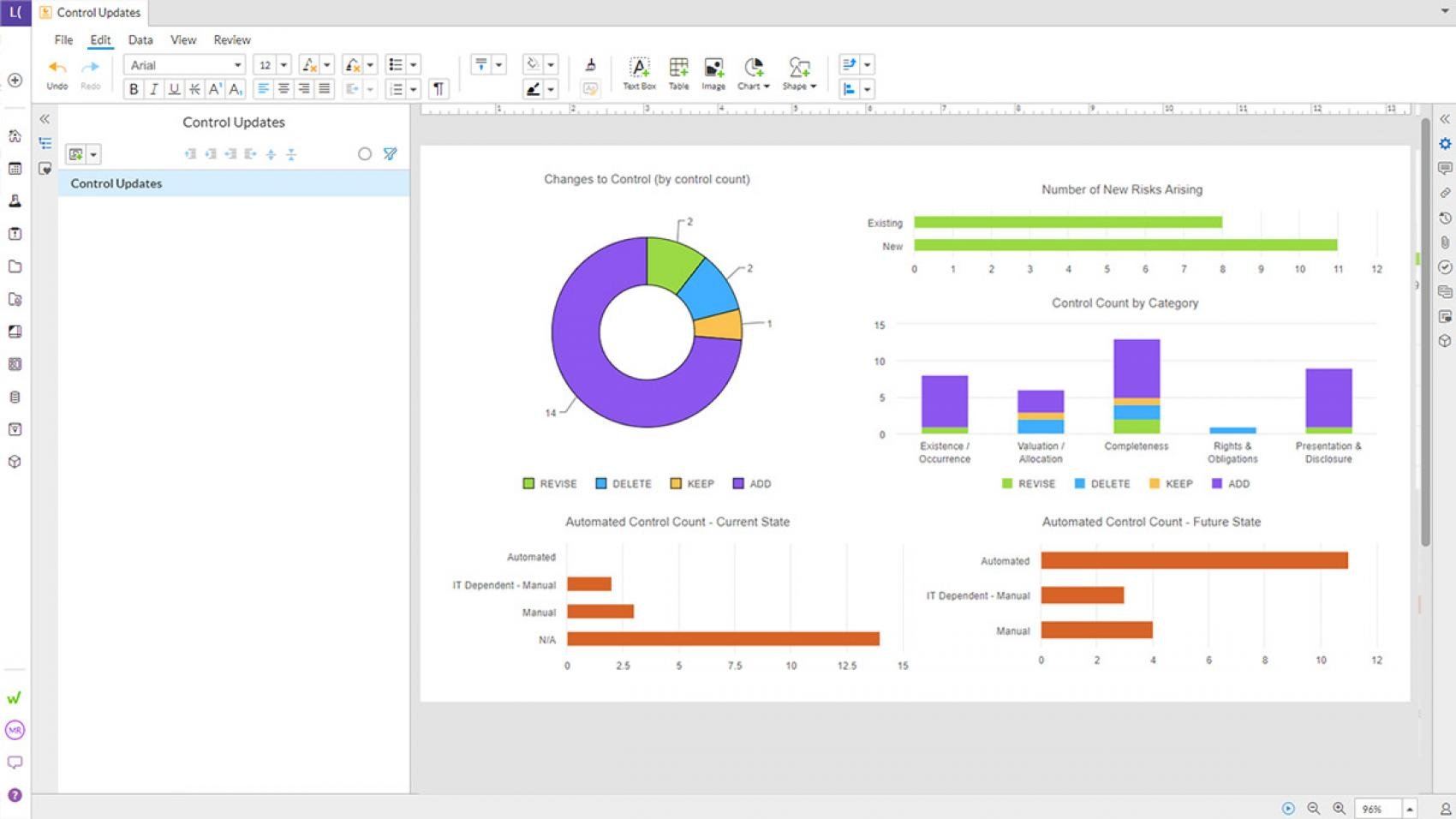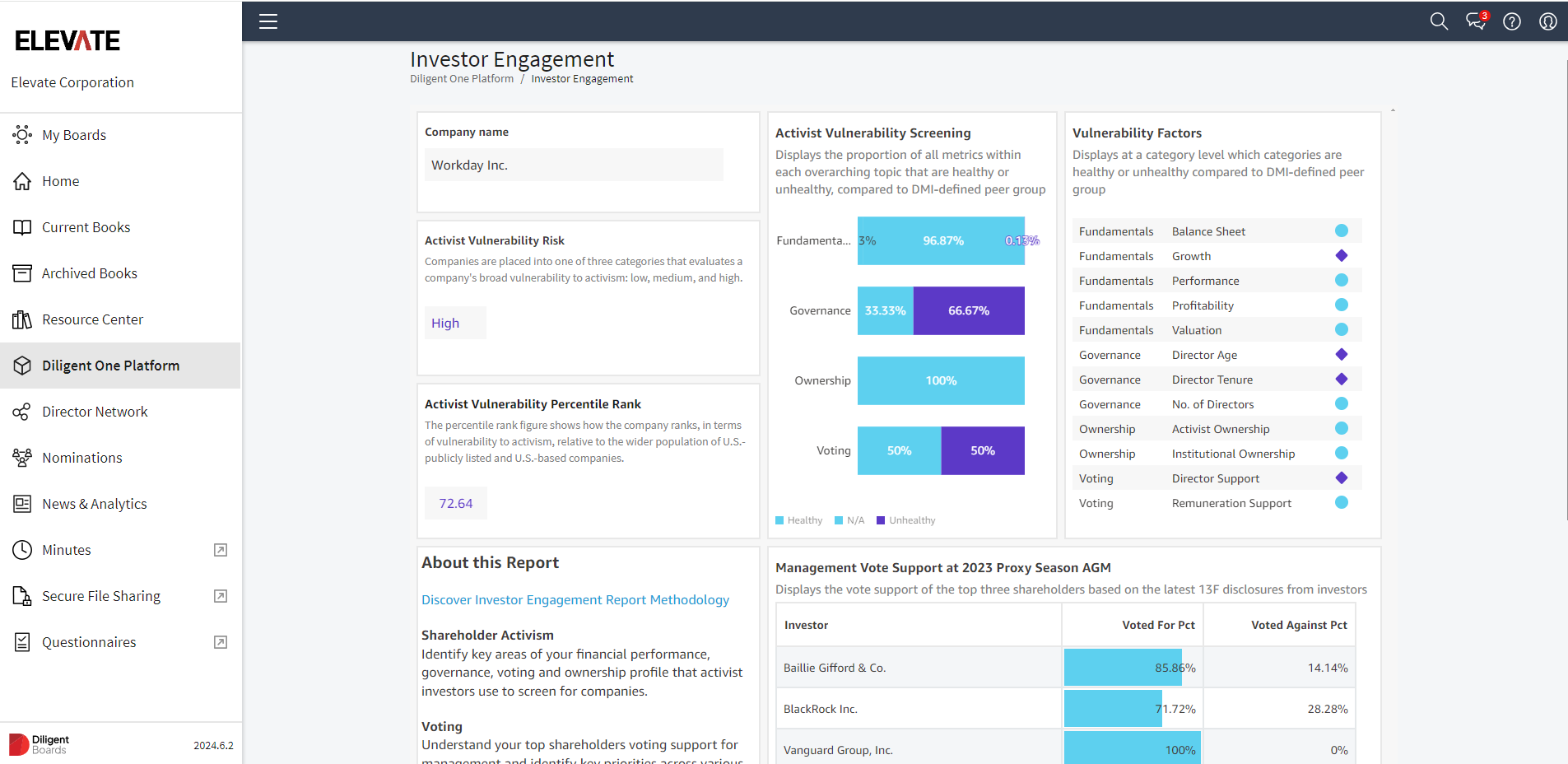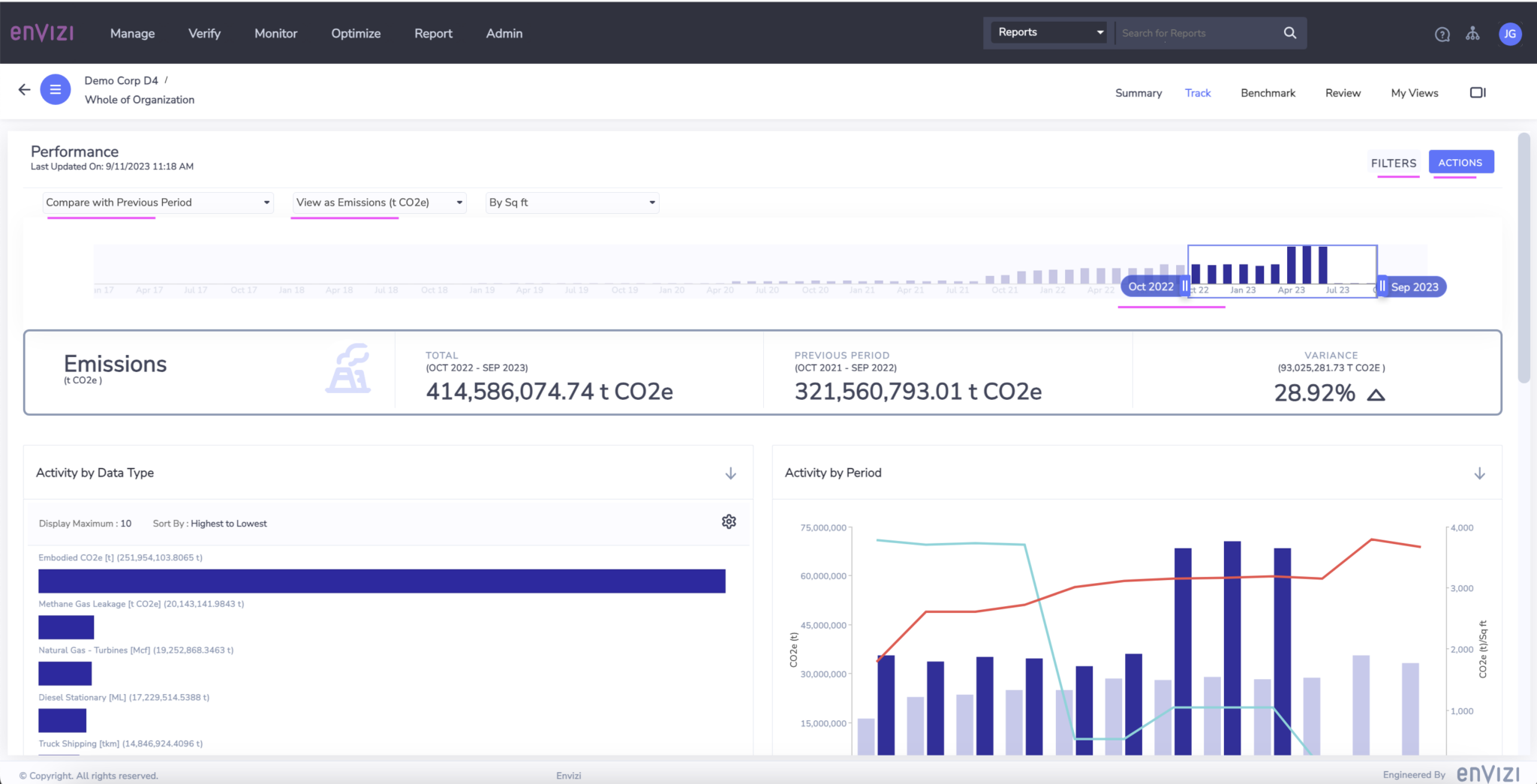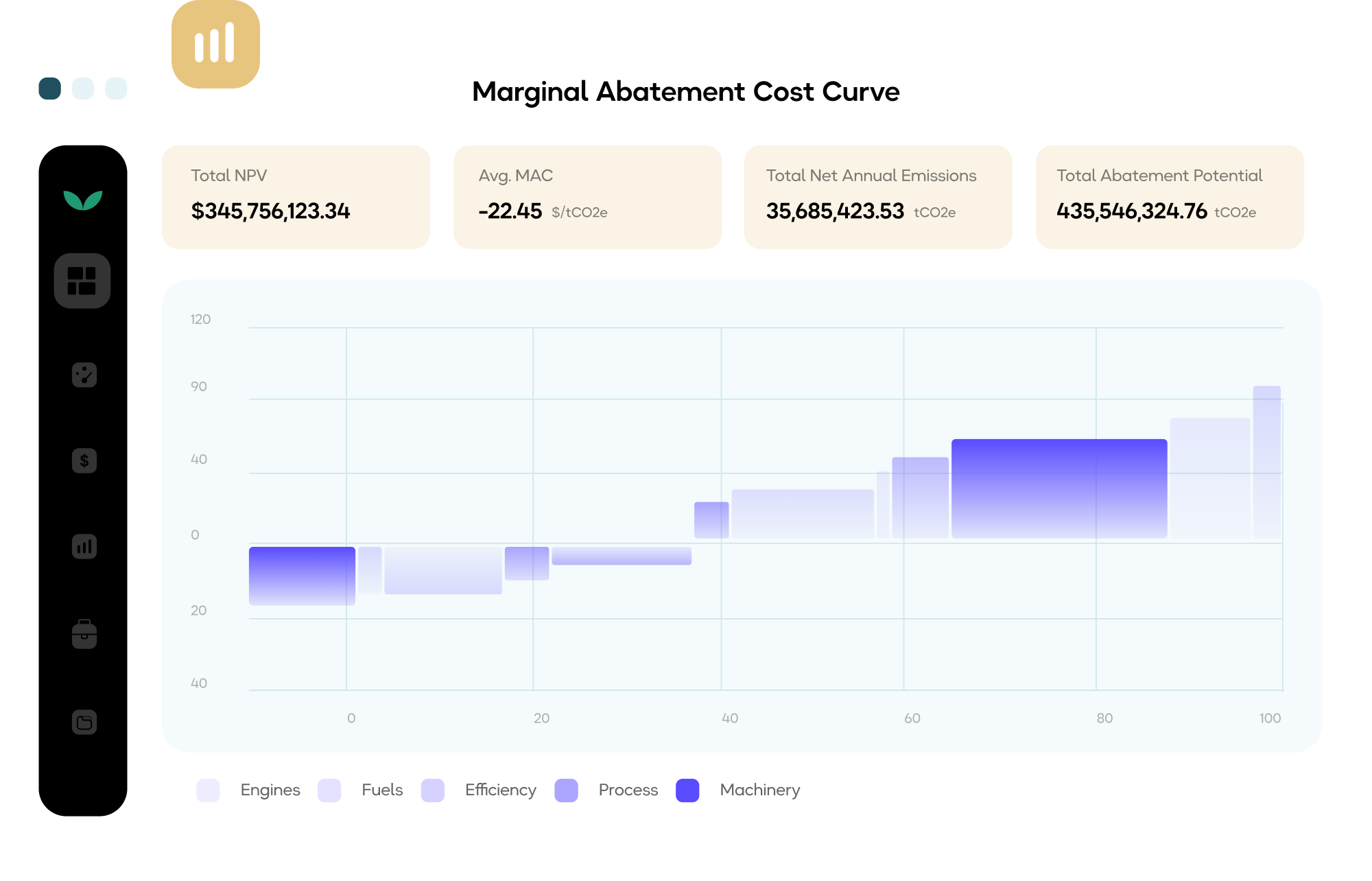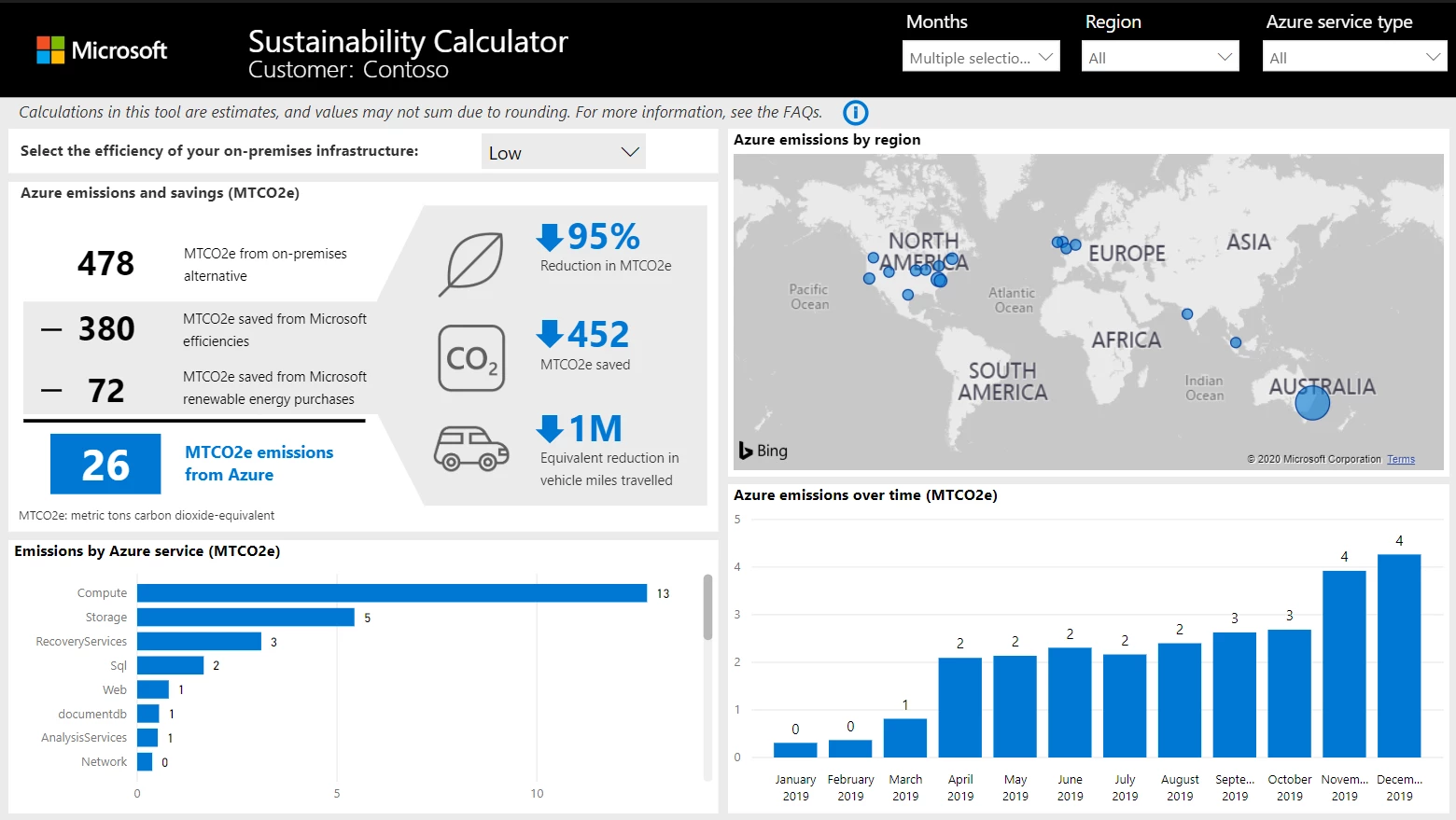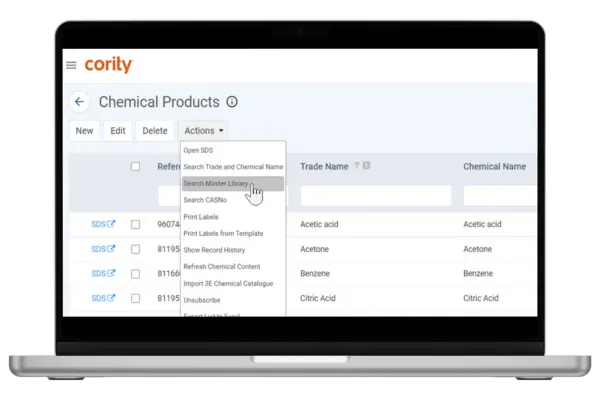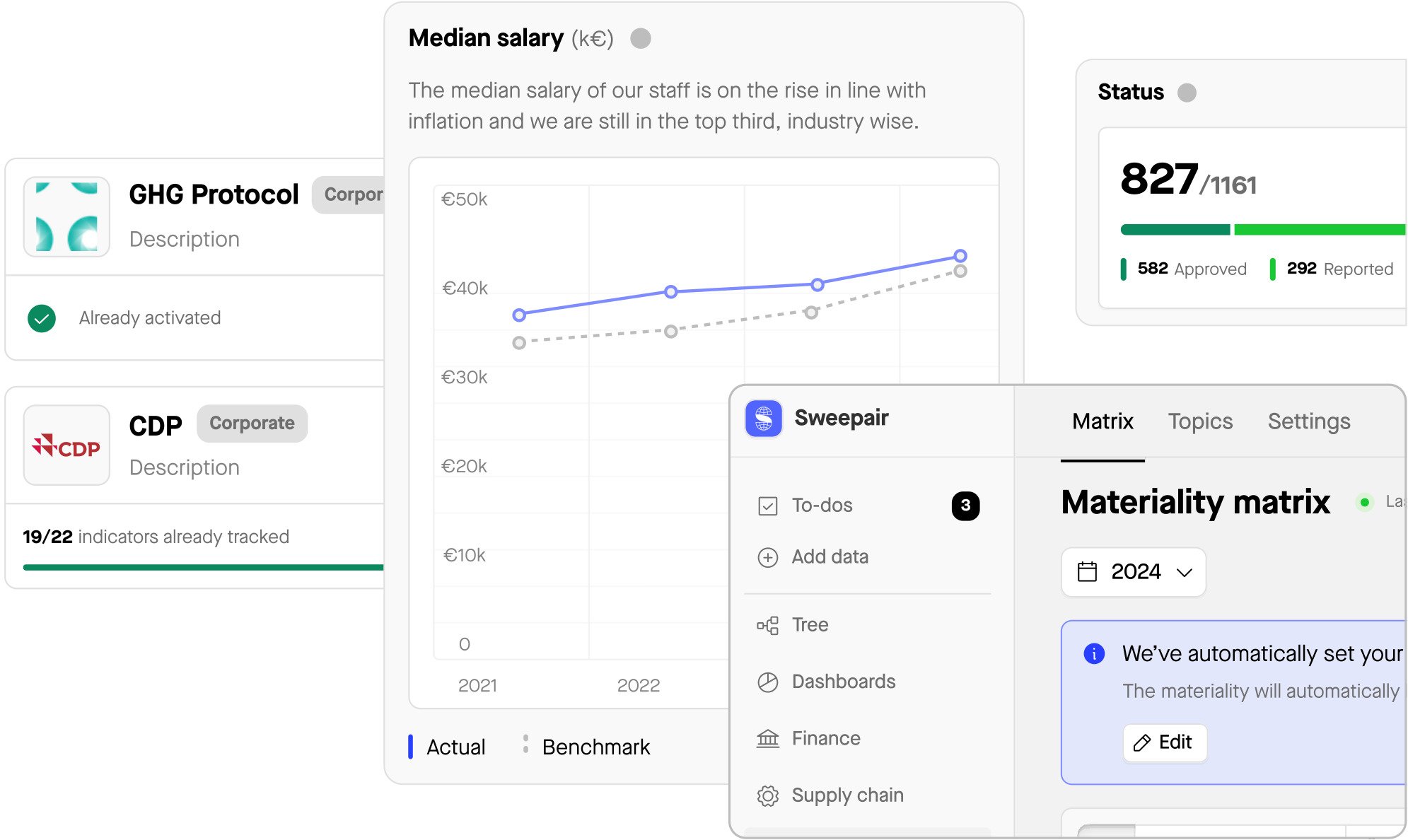As regulations tighten, businesses are increasingly required to track and report carbon emissions. Manual calculations often lead to errors, making it harder to ensure accuracy and compliance. Carbon accounting software offers a more innovative way to streamline the process.
The global demand for these tools is rising fast. Between 2024 and 2029, the carbon accounting software market is projected to grow by USD 33.08 billion, with a CAGR of 38.5%. This reflects the growing importance of tech-based sustainability solutions.
One of the standout options is HashMicro Accounting Software. It offers automated carbon tracking, real-time reporting, and financial integration, making it easier for businesses to stay compliant and reduce emissions.
This article will explore Singapore’s 10 best carbon accounting software for 2025. Whether a small business or an enterprise, you’ll find the right tool to support your sustainability and compliance efforts.
Table of Content:
Table of Content
Key Takeaways
|
What is Carbon Accounting Software?
Carbon accounting software is a digital tool that helps businesses measure, track, and report their greenhouse gas emissions for compliance and sustainability goals. It automates data collection, analyzes emissions sources, and generates reports to support regulatory and ESG frameworks.
This software is essential for organizations aiming to comply with environmental regulations, such as the GHG Protocol and Singapore’s carbon tax policies.
It also supports sustainability initiatives by identifying areas for emission reduction and improving corporate environmental, social, and governance (ESG) reporting.
With features like automated tracking, real-time analytics, and regulatory compliance tools, carbon accounting software helps companies streamline sustainability efforts while making data-driven decisions to minimize their environmental impact.
What is a Business Carbon Footprint?
A business carbon footprint is the total amount of greenhouse gas (GHG) emissions generated by a company’s activities, both directly and indirectly. These emissions come from various sources, such as energy consumption, transportation, production processes, and supply chain operations.
Understanding and managing a company’s carbon footprint is essential for reducing environmental impact and meeting sustainability regulations.
Many businesses now use carbon accounting software to accurately track emissions, identify reduction opportunities, and enhance sustainability reporting.
10 Best Carbon Accounting Software
Here are top carbon accounting software solutions that help businesses track emissions, ensure compliance, and drive sustainability strategies. Each software has its own strengths, limitations, and key features.
1. HashMicro Carbon Accounting Software
HashMicro provides automated carbon tracking with AI-powered analytics. It helps businesses streamline emissions management and ensure compliance. Real-time reporting allows for accurate measurement and informed decisions.
Seamless integration with financial and ERP systems enhances efficiency. Its user-friendly interface and customizable reports simplify tracking. Request a free demo today and focus on reducing emissions and achieving sustainability goals.
Key Features:
- Bank Integration – Auto Reconciliation: Automatically matches bank transactions with system records, speeding up the reconciliation process.
- Bank Integration – Auto Payment: Enables direct payments from the system to the bank, reducing manual input and errors.
- Multi-Level Analytical: Provides in-depth financial analysis across different levels such as departments, projects, or locations.
- Profit & Loss vs Budget & Forecast: Compares actual profit and loss with budgets and forecasts to evaluate performance.
- Cash Flow Reports: Delivers real-time cash flow reports to monitor the company’s financial health.
| Pros | Cons |
|
|
You can view HashMicro’s pricing scheme through the banner below. With flexible options based on modules and business needs, it’s easy to find the right fit. Click the banner for full pricing details!
2. Net Zero Cloud by Salesforce
Net Zero Cloud offers an enterprise-grade carbon accounting solution, seamlessly integrating with Salesforce’s ecosystem. It provides real-time emissions tracking, automated reporting, and AI-powered insights to help businesses reduce their carbon footprint efficiently.
Features:
- Automated carbon footprint tracking
- Real-time data visualization
- Customizable sustainability reports
| Pros | Cons |
|
|
3. Persefoni
Persefoni is designed for large enterprises that need strong compliance tools. It aligns with GHG Protocol and SEC regulations, making it ideal for accurate reporting and data-driven sustainability strategies.
Key Features:
- AI-driven carbon footprint calculations
- Automated compliance reporting
- Customizable dashboards
| Pros | Cons |
|
|
4. Sphera
Sphera is a comprehensive ESG and sustainability platform tailored for industries with high environmental impact, such as manufacturing, oil & gas, and energy. It offers detailed emissions tracking, risk management, and regulatory compliance tools.
Key Features:
- Industry-specific carbon tracking
- Regulatory compliance tools
- Risk assessment and ESG integration
| Pros | Cons |
|
|
5. Plan A
Plan A is a sustainability platform that helps businesses track, reduce, and report carbon emissions with AI-powered insights. Unlike many competitors, it focuses on carbon reduction strategies rather than just reporting, making it ideal for companies that prioritize sustainability improvements.
Key Features:
- Automated carbon tracking
- Sustainability strategy planning
- Actionable insights for emissions reduction
| Pros | Cons |
|
|
6. Workiva
Workiva is known for its strong ESG and compliance reporting capabilities, making it an excellent choice for businesses needing transparent carbon accounting. It allows organizations to track emissions, collaborate on reports, and comply with financial and regulatory standards.
Key Features:
- ESG and carbon accounting integration
- Real-time data collaboration
- Automated sustainability reporting
| Pros | Cons |
|
|
7. Diligent
Diligent combines carbon tracking with governance and risk management, making it ideal for companies focused on corporate compliance and sustainability transparency. Its risk management tools set it apart, providing organizations with a strategic way to manage carbon reporting.
Key Features:
- Governance and risk management tools
- Compliance-focused carbon tracking
- Cloud-based collaboration
| Pros | Cons |
|
|
8. IBM Envizi
IBM Envizi is a data-driven sustainability platform that simplifies carbon accounting, ESG reporting, and regulatory compliance. It integrates with IBM’s AI and analytics tools, allowing businesses to track, analyze, and optimize their carbon footprint in real time.
Key Features:
- AI-driven emissions tracking
- Automated sustainability reporting
- Advanced data analytics for carbon footprint insights
| Pros | Cons |
|
|
9. SINAI Technologies
SINAI Technologies is designed for companies aiming to model, analyze, and reduce emissions through detailed carbon accounting. It helps organizations forecast carbon reduction strategies while ensuring compliance with global regulations.
Key Features:
- Predictive carbon modeling
- Scenario analysis for emissions reduction
- Regulatory compliance tracking
| Pros | Cons |
|
|
10. Microsoft Sustainability Cloud
Microsoft Sustainability Cloud is a powerful emissions tracking solution built on the Microsoft ecosystem, offering businesses a centralized platform to measure, analyze, and optimize carbon emissions.
Key Features:
- AI-powered carbon accounting and reporting
- Integration with Microsoft Azure and Power BI
- Real-time sustainability insights
| Pros | Cons |
|
|
11. Cority
Cority is an all-in-one sustainability and ESG management platform with strong carbon accounting features. It is widely used in industries such as healthcare, manufacturing, and energy, providing automated tracking, risk assessments, and compliance tools.
Key Features:
- Automated carbon footprint tracking
- Risk management and compliance tools
- ESG data management and reporting
| Pros | Cons |
|
|
12. Sweep
Sweep is an intuitive carbon accounting and emissions management platform that helps businesses track, reduce, and report their environmental impact. It offers collaborative tools for teams working on sustainability initiatives, making it an excellent choice for companies seeking a user-friendly and scalable carbon tracking solution.
Key Features:
- Collaborative carbon tracking and reporting
- Customizable sustainability action plans
- Real-time emissions monitoring
| Pros | Cons |
|
|
Essential Features to Look for in Carbon Accounting Software
Choosing the right carbon accounting software is crucial for businesses looking to track and reduce their emissions efficiently. Here are the key features to consider:
- Automated Data Collection – The software should integrate with various data sources, such as energy bills, transportation records, and operational activities, to track emissions.
- Real-Time Emissions Monitoring – A good solution provides real-time insights into carbon emissions, helping businesses identify trends and areas for improvement.
- Regulatory Compliance Support – Ensure the software aligns with international standards like the GHG Protocol and local regulations such as Singapore’s carbon tax policies for accurate reporting.
- Customizable Reporting & Analytics – Advanced reporting tools help businesses generate detailed sustainability reports and track progress toward carbon reduction goals.
- Supply Chain & Scope 3 Tracking – A comprehensive tool should measure emissions beyond direct operations, including supply chain activities, to provide a complete carbon footprint analysis.
- User-Friendly Interface – The software should be easy to use, enabling teams to access and interpret emissions data without extensive technical knowledge.
- Integration with Financial & ERP Systems – Seamless integration with accounting or enterprise resource planning (ERP) software ensures accurate cost analysis and streamlined sustainability reporting.
By selecting carbon accounting software with these essential features, businesses can improve emissions tracking, enhance compliance, and more effectively achieve sustainability goals.
What are the Three Scopes?
In carbon accounting, greenhouse gas (GHG) emissions are categorized into three scopes to help businesses measure and manage their environmental impact. These scopes, defined by the GHG Protocol, classify emissions based on their sources:
Scope 1: Direct emissions
These are emissions generated directly from a company’s owned or controlled sources. Examples include fuel combustion in company-owned vehicles, manufacturing processes, and on-site energy generation.
Scope 2: Indirect emissions from purchased energy
This includes electricity, heating, and cooling emissions purchased by a business. While these emissions occur outside the company’s facilities, they result from the organization’s energy consumption.
Scope 3: Indirect Emissions from the supply chain
Scope 3 covers all other indirect emissions linked to a company’s operations, such as raw material extraction, transportation, product use, employee commuting, and waste disposal. These emissions often comprise a considerable portion of a business’s carbon footprint.
Understanding these three scopes helps businesses identify emission sources, improve reporting accuracy, and develop effective reduction strategies. Using carbon accounting software simplifies tracking and ensures compliance with sustainability regulations.
How to Select the Right Carbon Accounting Software for Your Business?
Choosing the best carbon accounting software is essential for accurate emissions tracking and effective sustainability management. Here are key factors to consider when selecting the right solution for your business:
- Compliance with regulations: To meet reporting requirements, ensure the software adheres to international standards, such as the GHG Protocol and local regulations like Singapore’s carbon tax policies.
- Automation and data integration: Look for software that automates data collection from energy bills, transportation logs, and supply chain activities. Integration with ERP and financial systems is also beneficial for streamlined operations.
- Comprehensive emissions tracking: The software should track Scope 1, Scope 2, and Scope 3 emissions, providing a complete overview of your company’s carbon footprint.
- Customizable reporting and analytics: Choose a solution with advanced reporting tools that allow businesses to generate tailored sustainability reports and analyze emissions trends.
- User-friendly interface: A well-designed, intuitive dashboard ensures teams can easily access, interpret, and manage emissions data without extensive training.
- Scalability and flexibility: Select a solution that can grow with your business, accommodating future expansion and evolving sustainability goals.
- Cost-effectiveness: Compare pricing models to ensure the software aligns with your budget while delivering essential features for emissions tracking and reduction.
By considering these factors, businesses can invest in carbon accounting software that improves sustainability efforts, enhances compliance, and drives long-term environmental impact reduction.
Conclusions
Carbon accounting software helps businesses track and manage emissions efficiently. It ensures compliance and supports sustainability goals. The right tool simplifies reporting and reduces environmental impact.
With stricter regulations, companies need accurate and transparent carbon tracking. These tools enhance reporting and decision-making. Choosing the right software ensures compliance and sustainability success.
Among the top options, HashMicro Accounting Software offers the best solution. It provides automated carbon tracking, real-time reporting, and seamless financial integration. With AI-powered insights, businesses can simplify emissions management and compliance.
Start managing your carbon footprint effortlessly. Request a free demo today and achieve your sustainability goals!




